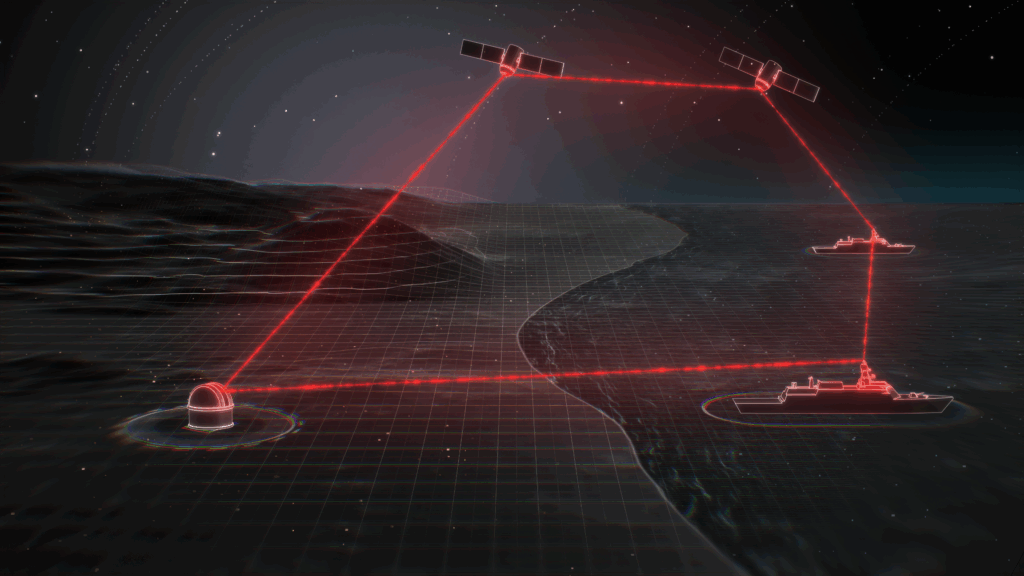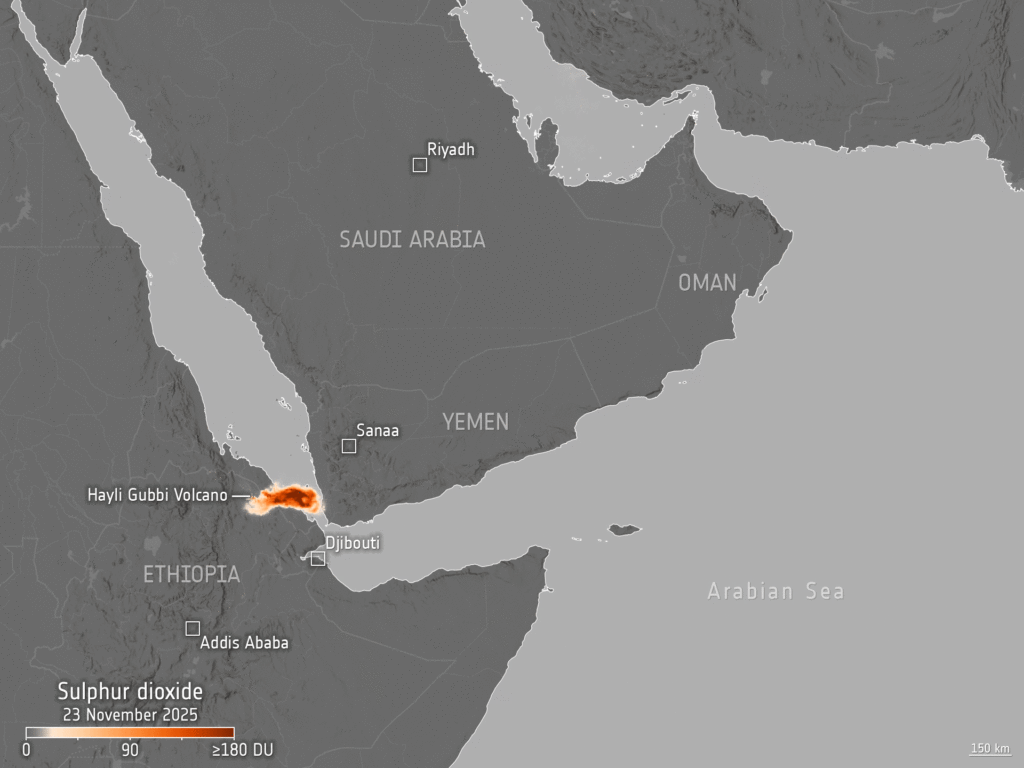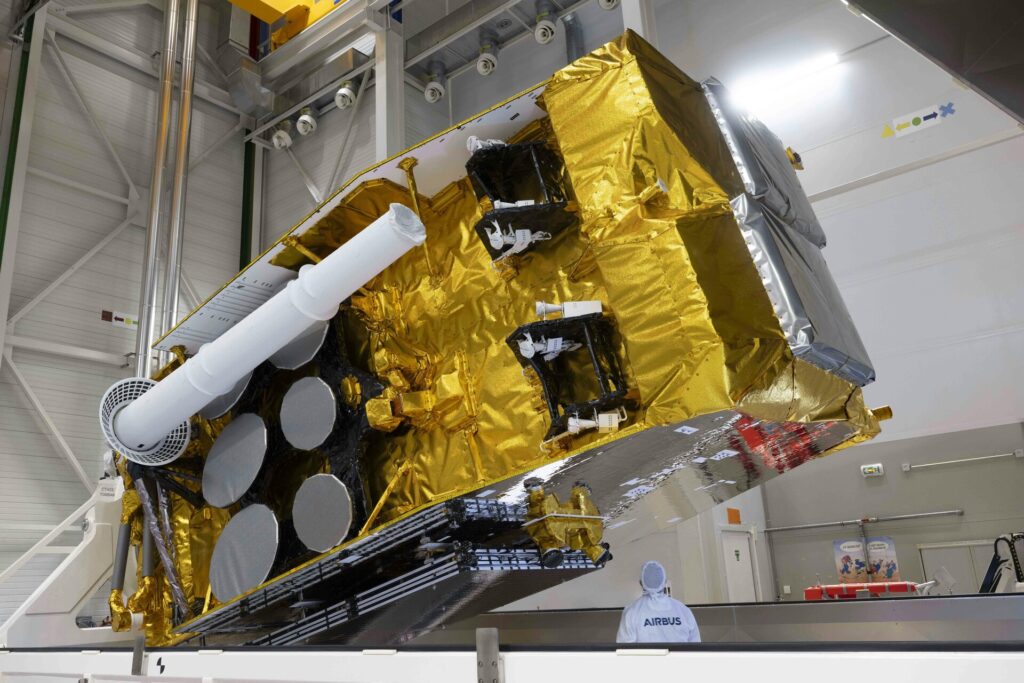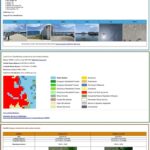Now Reading: Sentinel-1D preparations underway in Kourou
-
01
Sentinel-1D preparations underway in Kourou
Sentinel-1D preparations underway in Kourou
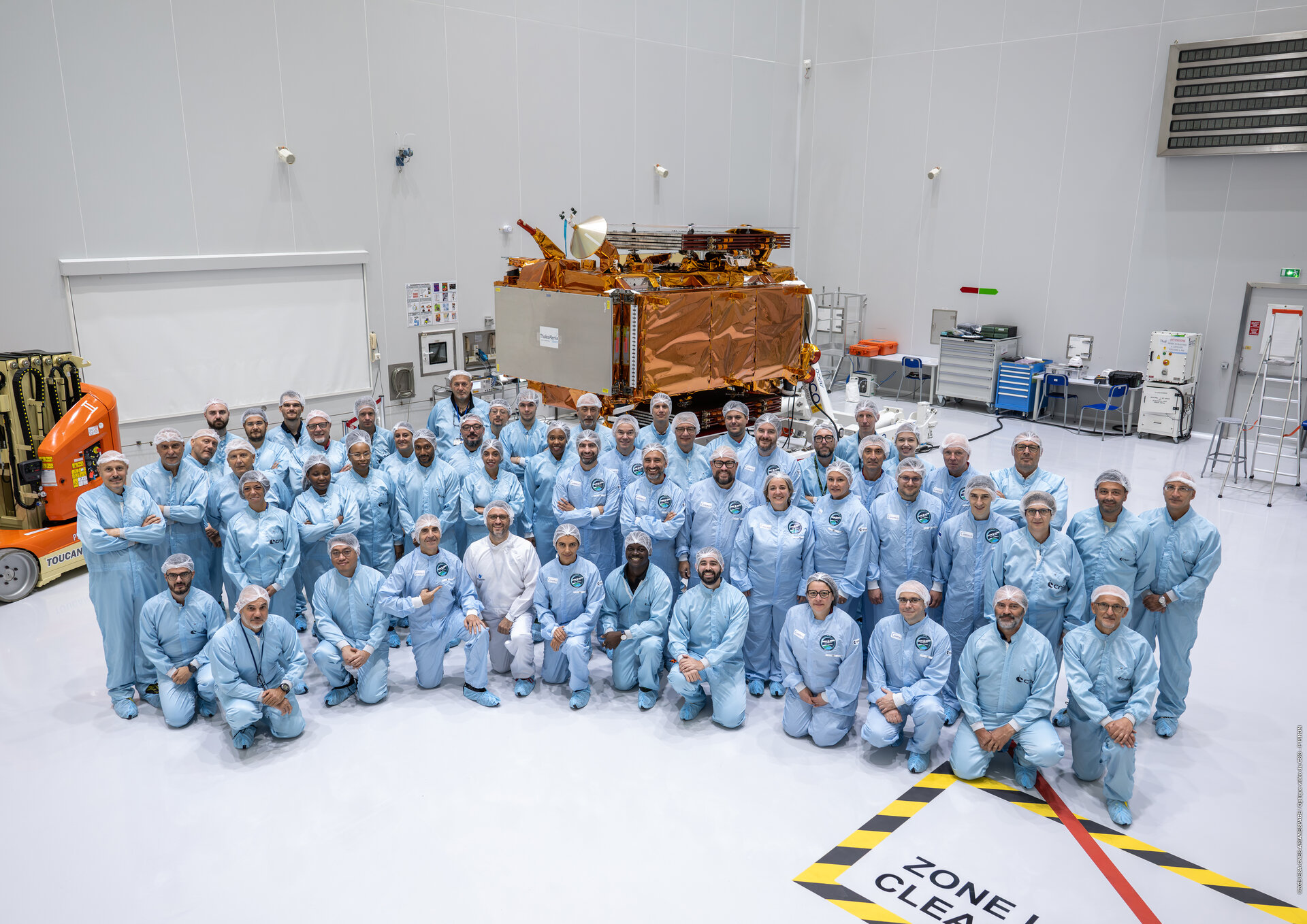

08/10/2025
76 views
1 likes
The Copernicus Sentinel-1 mission is about to get its fourth satellite. Copernicus Sentinel-1D has now undergone the checks and functional tests prior to its integration with Ariane 6, ready for launch later this year.
When it joins its sibling Sentinel-1C, which was placed in orbit in December 2024, Sentinel-1D will significantly enhance the capabilities of the Copernicus Earth observation programme.
Why two satellites are better than one
The launch of Copernicus Sentinel-1D will provide a much-needed replacement to Sentinel-1A, which has been in orbit for 11 years now, well beyond its planned lifetime.
Sentinel-1C has been fully commissioned and currently operates with Sentinel-1A to deliver radar images of Earth’s surface, performing in all weathers, day-and-night. This service is vital for disaster response teams, environmental agencies, maritime authorities, climate scientists – and other users who depend on frequent updates of critical data.
Having two satellites in operation at any one time is essential for providing timely data and can mean a significant difference between a late warning and a critical early warning. The arrival of Sentinel-1D will enhance the Sentinel-1 mission’s performance in several ways:
Testing confirms Sentinel-1D is ready
Functional checks have been performed on the spacecraft to confirm the spacecraft is in working order after being transported to Kourou.
These tests started with a pressurisation and leak check before the spacecraft was switched on. Afterwards several tests were performed to assess the spacecraft’s health status and the correct functionality of all sub-systems. The AIS antenna assemblies, which were transported to the launch site in separate containers, have also been integrated onto the spacecraft and the final connectivity test to ensure their correct electrical connection concluded the spacecraft functional testing.
The spacecraft is now ready for the next steps, including spacecraft finalisation before fuelling.
Stay Informed With the Latest & Most Important News
-
 012024 in Review: Highlights from NASA in Silicon Valley
012024 in Review: Highlights from NASA in Silicon Valley -
 02Panasonic Leica Summilux DG 15mm f/1.7 ASPH review
02Panasonic Leica Summilux DG 15mm f/1.7 ASPH review -
 03How New NASA, India Earth Satellite NISAR Will See Earth
03How New NASA, India Earth Satellite NISAR Will See Earth -
 04And Thus Begins A New Year For Life On Earth
04And Thus Begins A New Year For Life On Earth -
 05Astronomy Activation Ambassadors: A New Era
05Astronomy Activation Ambassadors: A New Era -
06SpaceX launch surge helps set new global launch record in 2024
-
 07Space Force plans new ‘Futures Command’ amid pressure to speed up modernization
07Space Force plans new ‘Futures Command’ amid pressure to speed up modernization












